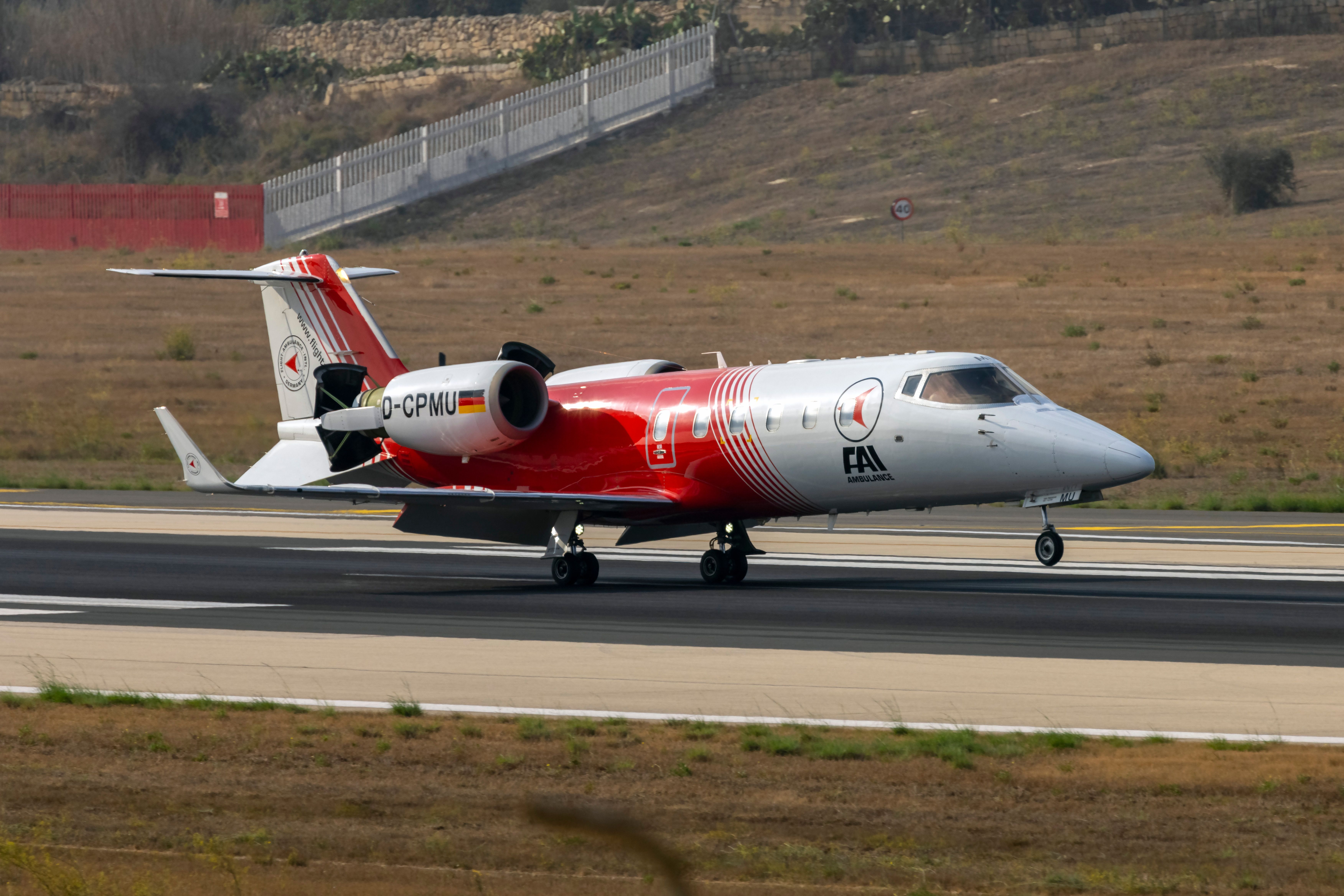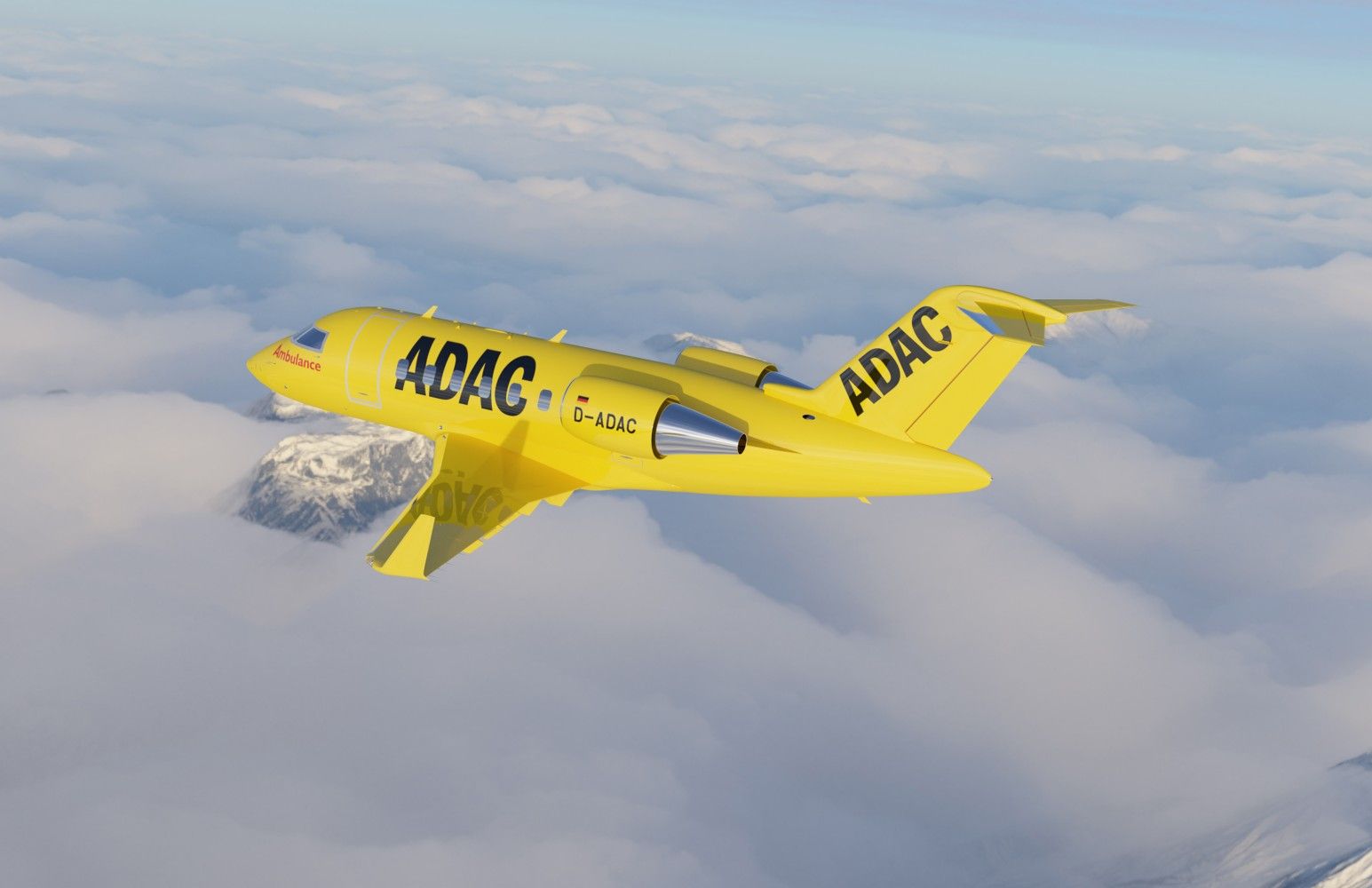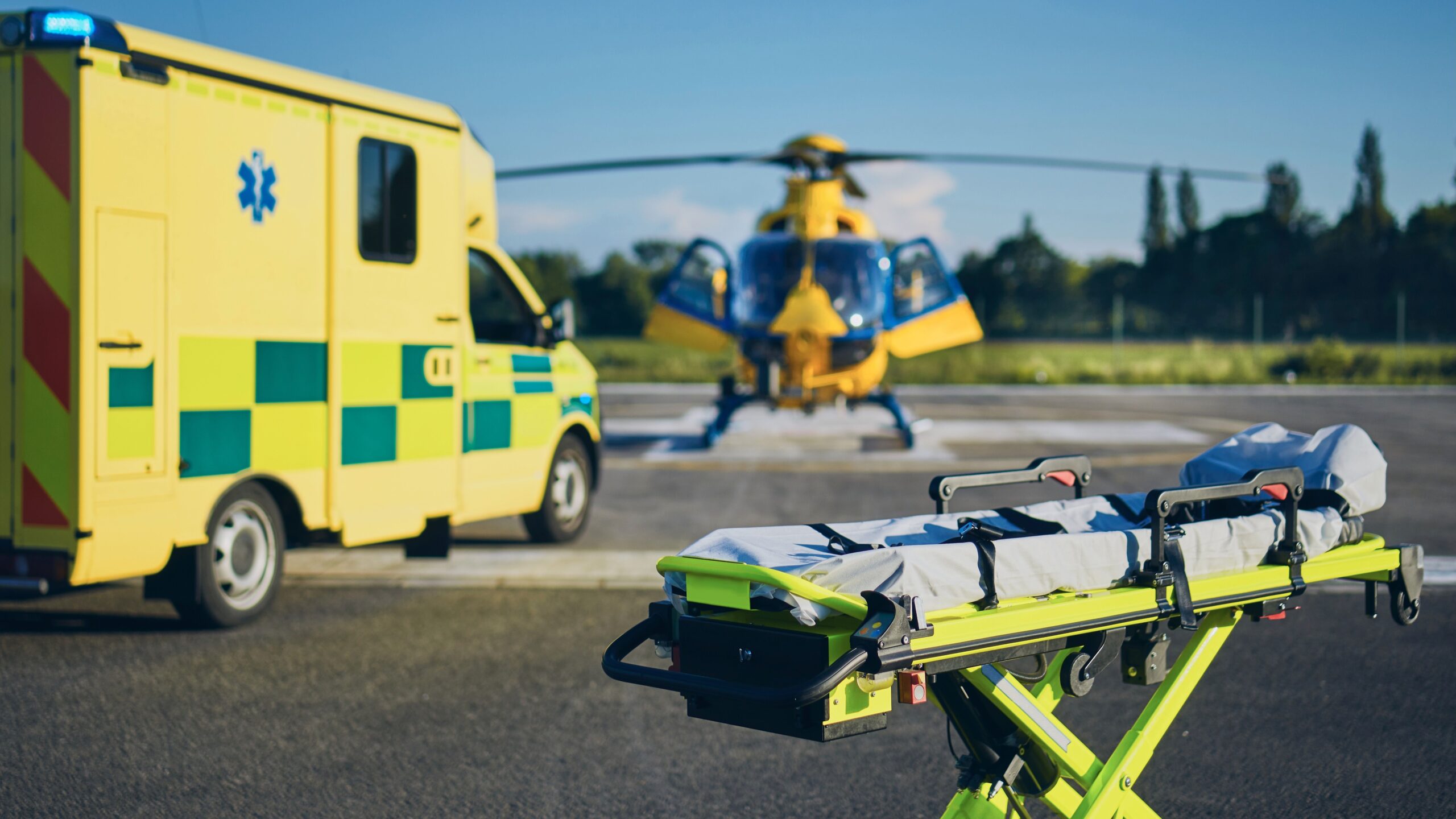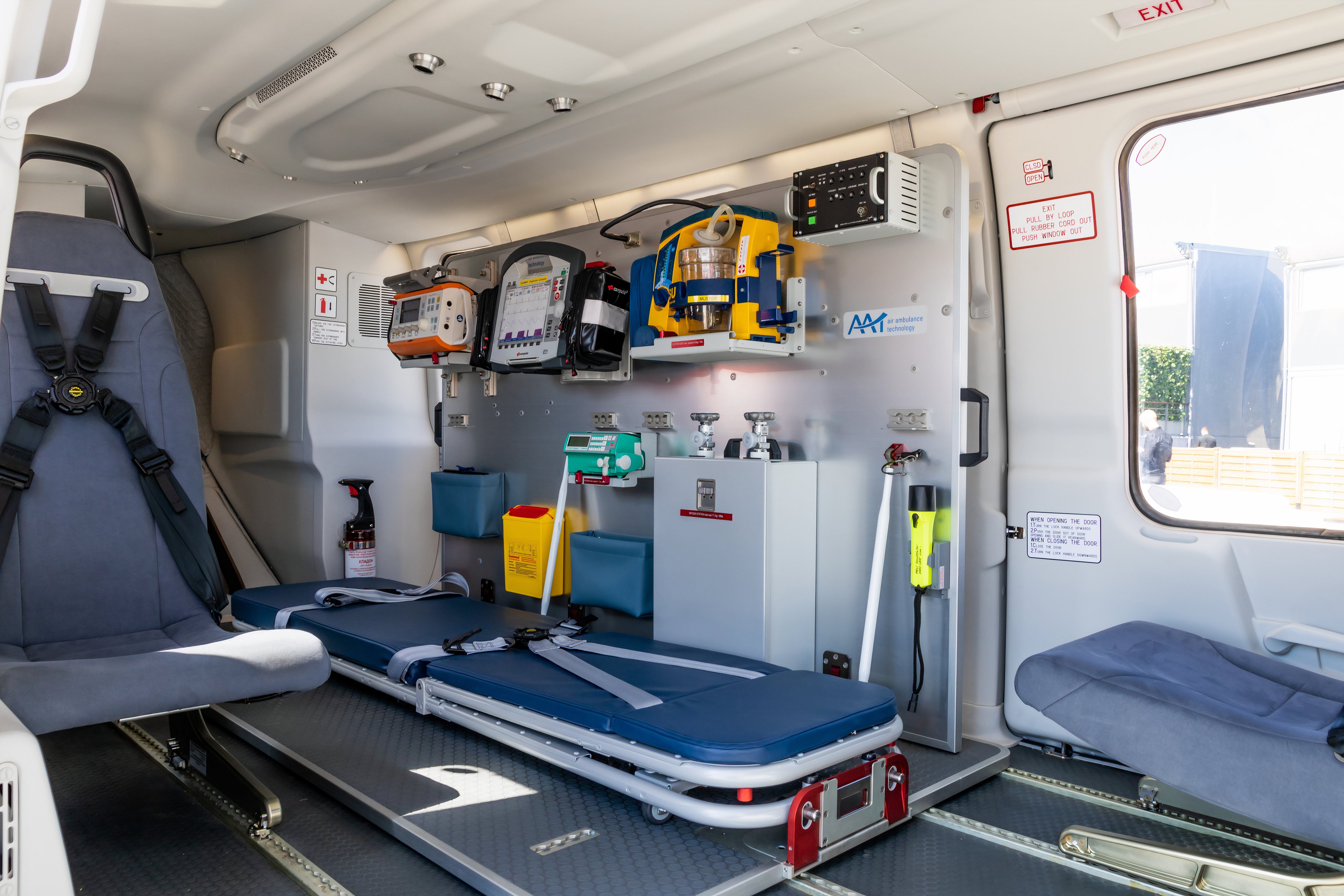Medevac, short for “medical evacuation,” refers to the transportation of patients by air, often in critical condition, from one location to another for the purpose of receiving urgent medical care. These flights are essential for ensuring that patients get to specialized medical facilities quickly, particularly when ground transportation is not feasible due to distance, terrain, or time constraints.
The importance of medevac flights
Medevac flights play a critical role in the healthcare system by providing rapid medical response and transport. They are equipped with advanced medical equipment and staffed by specially trained medical personnel, making them essentially flying ambulances. This capability is vital for saving lives in emergencies, particularly in remote or inaccessible areas.
“MEDEVAC flights are for missions of an urgent medical nature and the call sign is utilized when a flight requires expeditious handling. Air Traffic Control will expedite the handling of aircraft using a lifeguard prefix to their flight identifier.” – FlightAware.com

Related
Did You Know: MedEvac Flights Have Special Callsigns
Moving the critically ill from one place to another.
Types of aircraft used in medevac flights
Helicopters:
Helicopters are often used for short distances or in areas with limited landing space (needing as little as 100 square feet), making them the go-to option for urban areas and places with challenging terrain.
Fixed-Wing Aircraft:
These are used for longer distances and can travel between cities, states, or even countries. Fixed-wing air ambulance operators mostly use turboprops or smaller jets, like a Pilatus PC-12, PC-24, Bombardier, or Learjet. Aircraft such as the PC-12 and PC-24 are especially well-suited because they can operate in and out of shorter airfields, and their large cargo doors make it easy to load a stretcher in and out of the aircraft.
Photo: Austin Deppe | Shutterstock
Equipment and staff on medevac flights
Medevac flights are typically equipped with state-of-the-art medical equipment, including ventilators, defibrillators, and monitoring devices. The medical staff onboard can include a wide range of specialties, from paramedics, flight nurses, and anesthetic nurses to anesthesiologists, flight surgeons, medical directors, physicians, and biomedical technicians.
When are medevac flights used?
- Emergency Situations: In cases of severe trauma, heart attacks, strokes, catastrophic injuries, and other critical conditions where immediate medical intervention is required.
- Transferring Patients: Moving from one medical facility to another, especially when the required treatment or specialist care is not available at the initial location.
- Natural Disasters and War Zones: Used to evacuate injured or sick individuals from areas affected by natural disasters or conflict.
Remote area access in regions like Alaska and the Australian Outback is limited, so medevac flights are often the only means of accessing advanced medical care.
Process flow for a medevac flight
- Call for Assistance: The process begins with a call for medical evacuation, usually by a healthcare provider or emergency services.
- Assessment and Preparation: A medical team assesses the patient’s condition and prepares the necessary equipment and medication.
- Transportation to Aircraft: The patient is transported to the aircraft, often via ambulance or another ground vehicle.
- In-Flight Care: The medical team provides continuous care during the flight, ensuring the patient’s stability.
- Arrival and Handover: Upon arrival, the patient is handed over to a waiting medical team for further treatment.
Cost and insurance
Medevac flights can be very costly, often ranging from several thousand to tens of thousands of dollars, depending on the distance and the level of care required. Many health insurance policies cover some or all of the cost of medevac services, but policies do vary, so confirming specific coverage details before an emergency arises is a good plan.
Medevac services were critical during the pandemic in transporting COVID-19 patients to specialized hospitals with intensive care units. According to a study published in the Air Medical Journal: In a single month (from March 18 to April 20, 2020) the French Air Force used an Airbus A330 Multi-Role Transport Tanker (MRTT) to fly a total of 36 French patients in 6 missions from northeast France. The German Air Force used an Airbus A310-304 MRTT to fly a total of 22 Italian patients from Bergamo, Italy, to Germany.
Challenges faced by medevac services
Weather Conditions
Adverse weather can hinder the safe operation of medevac flights, especially for helicopters, delaying critical care.
Cost and Accessibility
The high cost of manning and maintaining medevac aircraft for equally high-cost flights can be a barrier for many, and not all regions have easy access to these services.
Coordination and Logistics
Efficient coordination between ground and air medical teams is a key factor in successful operations, and logistical challenges can complicate these operations.
Photo: VanderWolf Images | Shutterstock
Statistics and interesting facts
- Medevac helicopters typically cruise at an average speed of 120 miles per hour and use about a gallon of fuel per minute.
- SAS operates a medevac-configured Boeing 737-700 that can be fitted with 18 hospital beds and 39 regular seats and additional configurations as needed.
The future of medevac services
Advancements in medical technology and aviation will likely shape the future of medevac services. Innovations like telemedicine, improved in-flight medical equipment, and more efficient aircraft are expected to enhance the effectiveness and reach of these lifesaving services.

Related
Bombardier Defense Announces New Challenger 650 Medevac Aircraft Order For ADAC
The aircraft is scheduled for delivery in 2026.
Lifesaving impacts of medevac flights
Medevac flights are an indispensable component of emergency medical services, providing rapid, life-saving transportation for critically ill or injured patient passengers. As technological advancements continue to evolve, the scope and efficiency of medevac services will only improve, ensuring that patients have access to the best possible care when they need it most. Whether responding to emergencies in remote locations or transferring patients to specialized medical facilities, medevac flights represent a vital link in the healthcare delivery chain.



